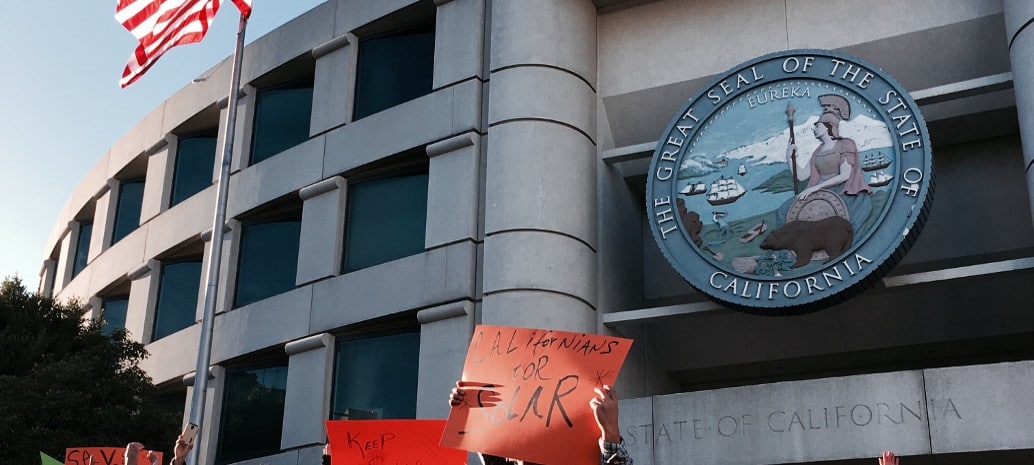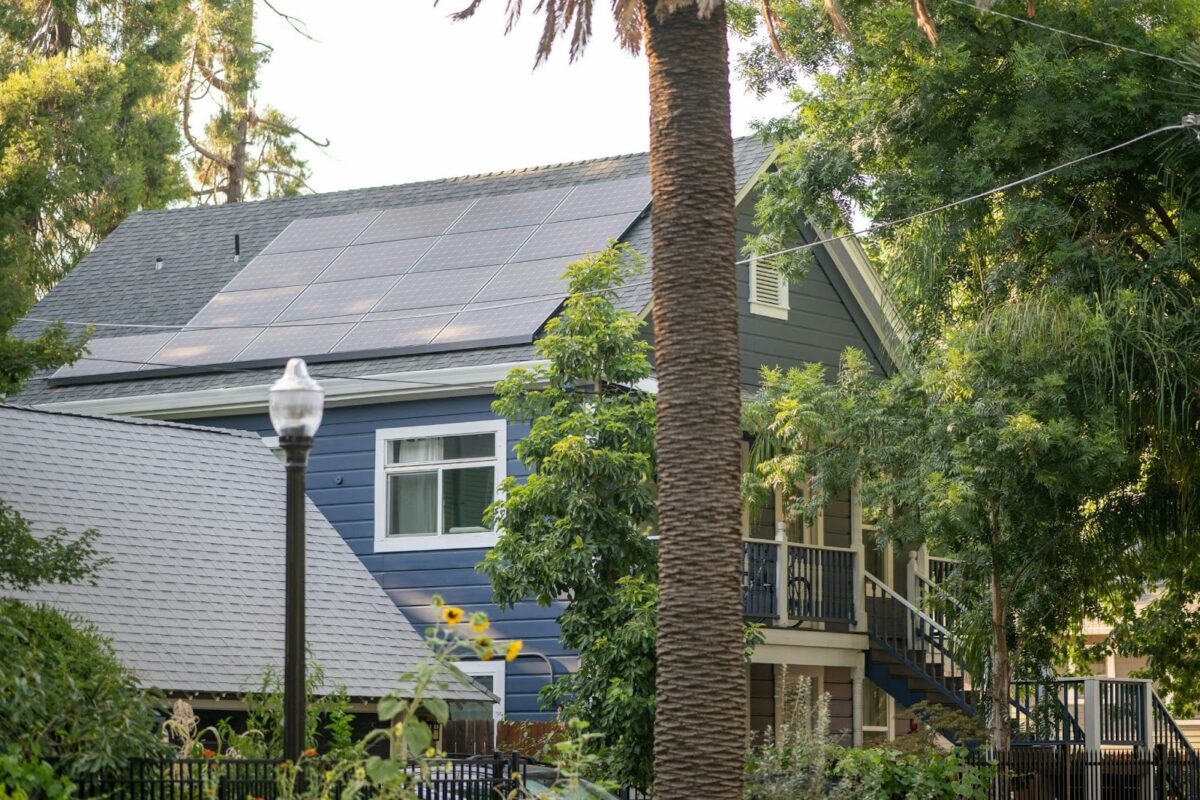In the titanic clash over California’s Time-of-Use (TOU) rates, the scoreboard now reads Utilities 1, Solar Advocates, 0.
Yesterday, the California Public Utilities Commission (CPUC) decided to allow San Diego Gas & Electric (SDGE) to shift its peak usage time to 4 p.m. to 9 p.m. from 12 p..m. to 6 p.m., leaving solar customers producing energy at an off-peak time. In essence, they would be compensated for less on-peak energy (at higher rates) because the solar PV systems would be producing energy for a much shorter percentage of on-peak time.
In an odd non sequitur, CPUC President Michael Picker talked about the importance of solar to California’s grid and how well it performed earlier this week during the solar eclipse which, it should be noted, did not take place during either the old or the newly approved peak time. So the relevance of how well solar performed during the eclipse is unclear. Then Picker addressed the CPUC’s reasoning behind approving the SDGE shift.
“During hot summer months, our peak period during late afternoons has also changed significantly,” Picker said in a statement. “The best evidence shows that the optimum time to avoid using electricity is now from 4 p.m. to 9 p.m. That’s why we move to shift SDGE’s time of use rate structure to meet that same span of time.”
From the wording of the CPUC press release, it appears the shift came as part of a deal over how SDGE distributed its rates. The release reads in part (emphasis added):
In adopting an uncontested settlement agreement that allocates SDG&E’s revenue among its different customer classes (residential, small business, commercial, industrial), the CPUC also adopted an on-peak TOU period of 4-9 p.m.
While the settlement may have been uncontested, the shift in TOU rates was not. Both the Solar Energy Industries Association (SEIA) and the California Solar Energy Industries Association (CALSEIA) blasted the decision before the ink was even dry on Picker’s signature.
“The commission spent more than a year examining how to develop time-of-use rates for the purpose of ensuring that this once-in-a-generation change to new periods was based on facts,” said Brandon Smithwood, director of California state affairs at SEIA. “Earlier time periods would also help reduce consumption during hours of declining solar generation when the California system operator (CAISO) needs to ramp up gas plants to meet energy needs.”
“The Commission has decided not to apply its new TOU methodology in this rate case,” said Brad Heavner, policy director for CALSEIA. “It is shocking that the Commission purposefully avoided considering data that was solidly on the record.”
The process surrounding this decision has been mired in controversy. Initially, the proposed TOU rate shift was expected to be to 3 p.m. to 9 p.m., but three days before the originally planned vote on SDGE’s proposal, the CPUC appeared to shift the start time to 4 p.m. at the behest of the utility. Then, in response to strong pressure from the solar industry, the CPUC delayed the vote until yesterday, when they approved the shift.
Solar advocates worry the decision will set a precedent for other TOU rate proposals from the state’s other utilities, which could further harm a solar industry in some turmoil from a switch to Net Metering 2.0 as well as mandatory TOU rates.
This content is protected by copyright and may not be reused. If you want to cooperate with us and would like to reuse some of our content, please contact: editors@pv-magazine.com.








Looks like the amount of solar being produced in the middle of the day just gave the utility their “proof” and data supporting this shift in demand. Solar kind of produced the reason to shift the “natural gas peak”.
Batteries are here. It’s to late for the utility companies. Years of decades of greed have inspired innovation. With batteries added to solar system customers can do what’s called load shifting. They can simply charge the batteries then discharge them whenever the utilities will pay more for that power.
The technology exists already to run your entire home in solar and batteries although it’s not cost effective “yet” I imagine in 2-3 years it will be and I’ll be smashing bottles of champagne on homes having disconnect from the grid parties.
I agree. However I think solar is decently affordable right now. I am in the process of buying a system from Solar City (Tesla) and after federal rebates its only about 10k. I would have done a power wall as well but LADWP makes you wait 6 months for approval. Decentralization is coming, utilities smell blood and are scrambling to rake in all the cash possible before the monumental shift happens and all their base load plants are no longer needed…
The problem most people do not fully understand is just how large the starting current for electrical motors can be. This is a serious problem in going off grid. I have a 5kw gasoline alternator(most people think it’s a generator) that will barely start my 3/4 horsepower, which is 560 watts nominal, despite my adding a capacitor to the circuit to make it easier to start.
If both my refrigerator, and freezer are running, and the well motor tries to start, the generator either trips it’s breaker, or chokes down. The alternator will run everything in the house, even the window air conditioner fine, except for starting currents.
You can address this by going three phase. Three phase motors have much lower starting currents, other things being equal, or you can buy slow start motor controllers, that are essentially inverters for the larger motors, but this is expensive.
What is the positive revenue impact to the utility ?
The negative to the PV provider is a given .
@Adam Rizzo, you are exactly correct. The residential batteries will continue to become more efficient and more cost effective. Coming from the solar industry, I have already started transitioning people to residential batteries. With the SGIP in CA, it makes the battery payback much quicker than you would realize. SDGE is the highest utility in the continental US and this moves proves to people the desire to continue to and squeeze every penny out their customers. More people should switch to solar, even with NEM 2.0, to continue the dismantling of the over zealous utilities.
Sounds like an opportunity for west facing window awnings, and shade trees, trackers, and thermal storage to me.
Setting times for peak demand, rather than paying according to actual demand is the problem here. Why should the price of electricity be the same on a cool summer day, as a hot one if it’s peak demand that is the issue?